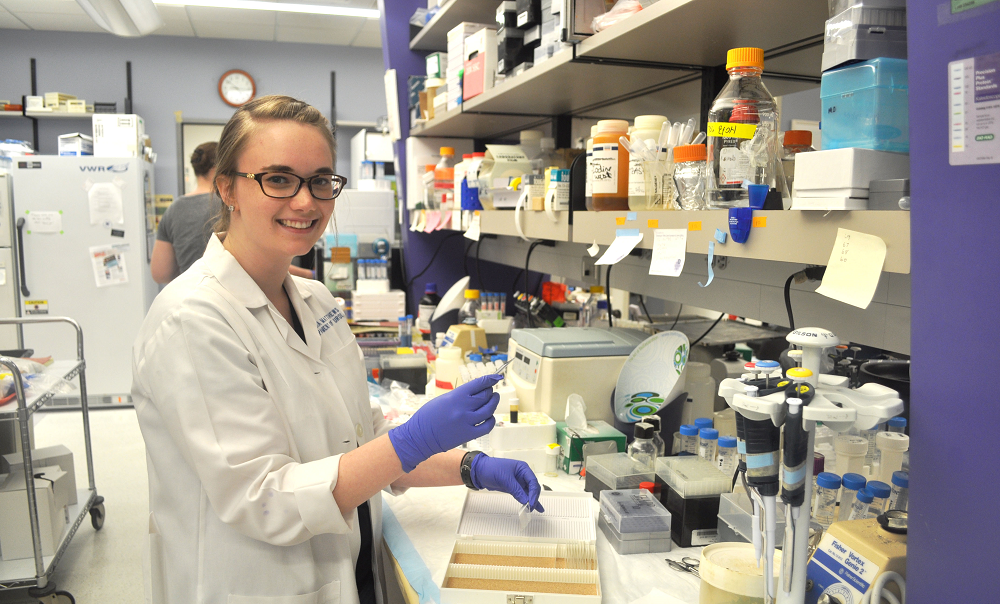Five myths and truths about autism
If you are caring for a child with autism spectrum disorder (ASD), it may be challenging to sift through the vast amount of information available. While there is currently no cure for ASD, symptoms can be greatly improved through early intervention and proper treatment.
In recognition of Autism Awareness Month, Baylor College of Medicine physicians and researchers at the Autism Center at Texas Children’s Hospital recently discussed common myths and truths about ASD. The team shares more information for families of children with autism below.
Myth: Autism is the same in boys and girls.
Truth: Among children who have normal and above-average IQs, boys are much more likely to be diagnosed with ASD than girls, with ratios ranging from six boys diagnosed to every one girl. Other research cites nine boys diagnosed to every one girl.
What’s going on here? Girls with ASD are more likely to have stronger social skills than boys with ASD at the same level of cognitive functioning, and they are more likely to have stronger social interests. Being aware of these key differences in boys and girls with higher functioning ASD can help in awareness and identification of girls with ASD.” – Audrey Carson, Ph.D., assistant professor of pediatrics-psychology at Baylor
Myth: Children have autism due to bad parenting.
Truth: “The causes of autism are multifactorial and not all clearly understood at this point. However, we do know that parenting style does not create an ASD child. However, children with ASD can experience anxiety and sensory issues leading to challenging behaviors for families to manage on a daily basis.” – Gail Parazynski, M.S.N., assistant vice president for nursing, critical care at Texas Children’s and parent advisor with the Autism Center
Myth: Children with autism automatically qualify for Supplemental Security Income (SSI) disability benefits.
Truth: “Not necessarily. A child with a diagnosis of ASD is likely to meet the medical eligibility criteria for SSI, but the financial eligibility criteria must still be met. Family income and assets will be considered in determining SSI eligibility for children up to age 18, so children from higher-income families may not qualify regardless of diagnosis. After age 18, the SSI rules are different and only the child’s income and assets are considered in determining eligibility.” – Dinah L. Godwin, M.S.W., L.C.S.W., assistant professor of pediatrics at Baylor
Myth: People with Down syndrome can’t have autism.
Truth: “ASD occurring in Down syndrome patients has been increasingly recognized in the last 10 years. Recent studies have reported rates of ASD in Down syndrome anywhere from five to 48 percent. As a result, surveillance and screening for ASD in children with Down syndrome is important in order for these children to access crucial early intervention services.” – Kathryn K. Ostermaier, M.D., associate professor of pediatrics at Baylor
Myth: All children with autism have to be placed in a special education classroom.
Truth: “Your child’s educational placement is greatly dependent on their individual needs. While all children diagnosed with ASD should obtain a full individualized evaluation through their local public school district, this does not necessarily mean your child will be taken out of a general education classroom and placed in a special education classroom.
While some children with ASD may benefit from specialized classroom environments, many are able to learn adequately in general education classrooms with appropriate supports.” – Jennifer Cervantes, social worker with the Autism Center
Additional Resources
Learn about the Kochel Lab for Clinical Autism Research at Baylor.
Family finds answers, hope after discovery of rare genetic disorder
-By Kelli Baalman, Ph.D., Leandra N. Berry, Ph.D., and Andrea Simon





Pingback: Breaking down myths and truths about autism